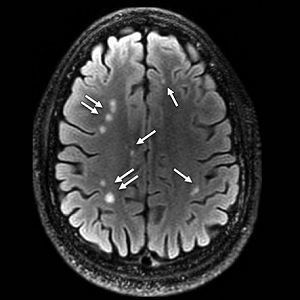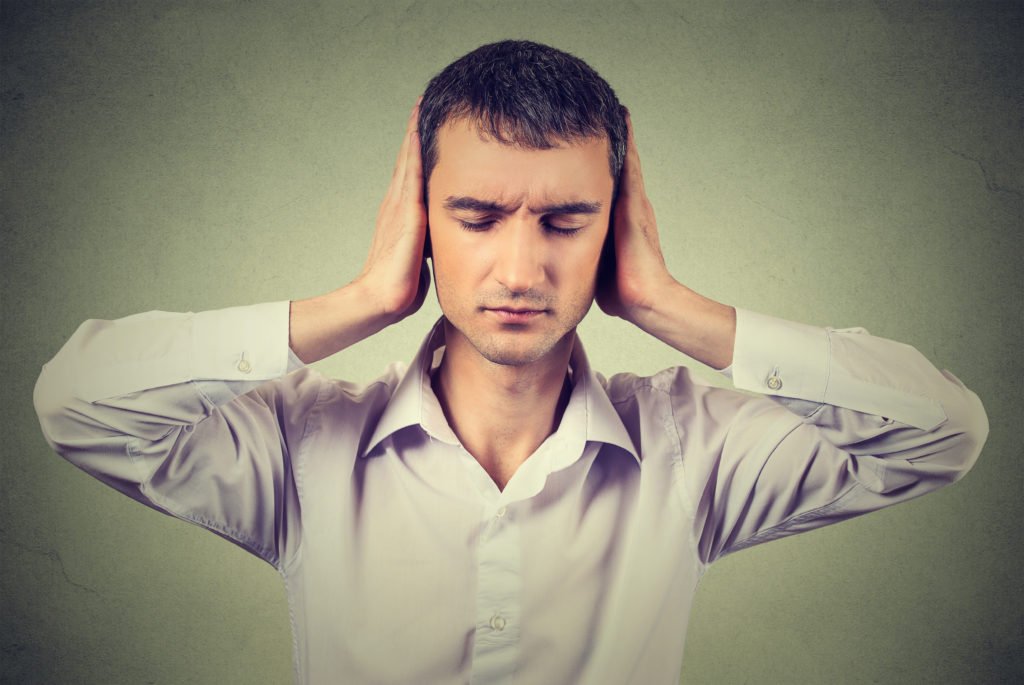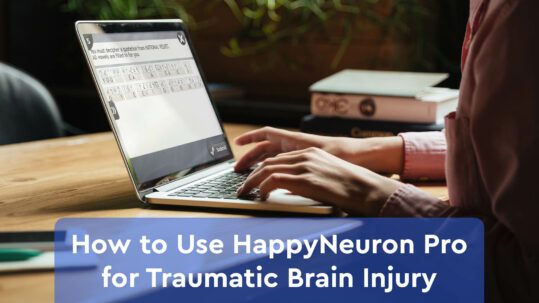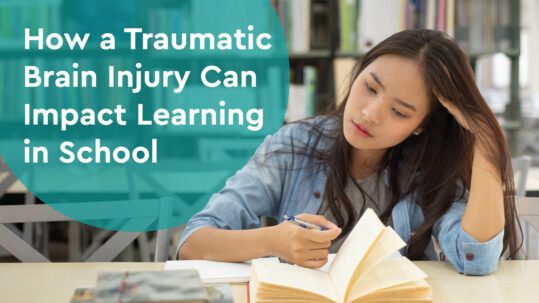The Seizing Brain: Epilepsy and Seizures Discussed
Epilepsy: What is it?
Epilepsy is a neurological condition that affects 3 million adults, with 1.8 million still having seizures despite intervention. Interventions for epilepsy include pharmaceutical treatment, neurosurgery, ketogenic diets, implants and stimulation therapies. Epilepsy causes abnormal electrical activity in the brain causing seizures. There are many kinds of seizures, each with its own specific set of symptoms. Having epilepsy can be a debilitating condition, as having seizures can not only cause cognitive and physical damage, but emotional distress and embarrassment. Having epilepsy can take away someone’s ability to live independently, depending on how well a person’s seizures are controlled.
How Does Someone Know They Have Epilepsy?
If someone has experienced a seizure in the past, it could be an indicator that the person may have epilepsy. Seizures can occur due to events such as high fever, stroke, brain injury and inflammation. Epilepsy can occur at any stage in life, though signs are evident during childhood. Children may experience absent seizures, which are events where a child seems to space out for 1-3 seconds and come back to the present. In these events, the brain is firing abnormally but people do not lose consciousness, and appear to be daydreaming. Absent seizures in children are quite normal, but can be indicative of a neurological condition. They are hard to diagnose as children can get distracted or tune out of events easily.
A physician such as a neurologist would evaluate a patient using EEG. They would measure brain-wave activity to determine if a person has hyperactive brain activity. In addition, the physician may consult with a general practitioner to get a full medical history as well as a neuropsychologist if a patient has cognitive complaints. Evaluations to diagnose epilepsy are very thorough.

What Happens During a Seizure?
Seizures are classified into two categories: focal or generalized. Focal seizures occur in a specific region of the brain, while generalized seizures occur throughout the brain. Generalized seizures may originate in a specific area, but their firing pattern causes a range of neurons to fire throughout the brain.
Focal seizures can be simple or complex. Symptoms of simple seizures include nausea, change of emotion or mood and sensing things that may not be present in the environment. These kids of seizures do not cause someone to lose consciousness. On the other hand, complex seizures involve a loss of consciousness, lip smacking and repetitive behaviors.
Generalized seizures are a bit more frightening. These are the kinds portrayed on television where someone drops to the floor and shakes vigorously. This depiction is of a tonic-clonic seizure, where the brain is firing rapidly, muscles are stiffening, a person’s mouth may make biting movements and the person convulses. Other kinds of generalized seizures include absent seizures, which occur in children and are difficult to diagnose. These are triggered by hyperventilation and flashing lights. Symptoms of these kinds of seizures are staring out into space for a few seconds, a common behavior in children. Another kind of generalized seizure is an atonic seizure, where a person loses muscle tone and falls to the ground. These kinds of seizures pose a serious risk for head injury, where someone may need to wear a helmet.
What’re the Effects of Seizures?
Repetitive seizures can cause memory problems, learning deficits and social functioning problems.
Another effect of epilepsy is nervousness and depression. Having seizures is a frightening and humiliating experience when they occur in public. People have been treated differently because of having an epileptic episode in a place such as work or school. People with epilepsy may worry when the next episode will occur if their treatment is not working. This can be very frustrating for a patient and cause them to develop depression.
Other complications of having seizures include brain damage, loss of independence, social isolation and limitations in education, employment and daily life activities. Epilepsy has the ability to debilitate someone’s life, making it ever more important to find a cure for all.

How Do I Help Someone With Epilepsy?
You as a therapist can be the only support someone has that has epilepsy. Here are some ways you can help:
- Listen: Having seizures is embarrassing and difficult to talk about. Listen to your client when they discuss their condition so you can learn triggers and identify ways to keep your client safe if they experience a seizure.
- Have a Plan: Sometimes, people can detect when a seizure is coming on. This is called an aura: a change in senses prior to seizure onset. This can occur days, hours, minutes or not at all before a seizure. Help your client have a game plan to ensure that they are in safe space if they feel a seizure is coming on.
- Provide Cognitive Training: Cognitive problems resulting from having seizures is frustrating and can cause further health problems related to epileptic episodes. Working on memory, attention, visual processing and executive function skills can help improve cognition after someone has experienced epileptic episodes.
- Provide Emotional Support: Having epilepsy is scary and depressing, especially when people face stigma. Providing cognitive behavioral therapy that prevents clients from getting into negative thought patterns can help stave off depression and build resiliency.
- Advocate: People living with epilepsy need advocates that can help fight stigma. Many people with epilepsy can live a normal life. Because many people with epilepsy still have episodes, it is important for work environments and schools to have adequate knowledge and resources to help those living with epilepsy succeed. You can advocate by speaking up and by connecting with the Epilepsy Foundation to bring epilepsy education to places near you.









